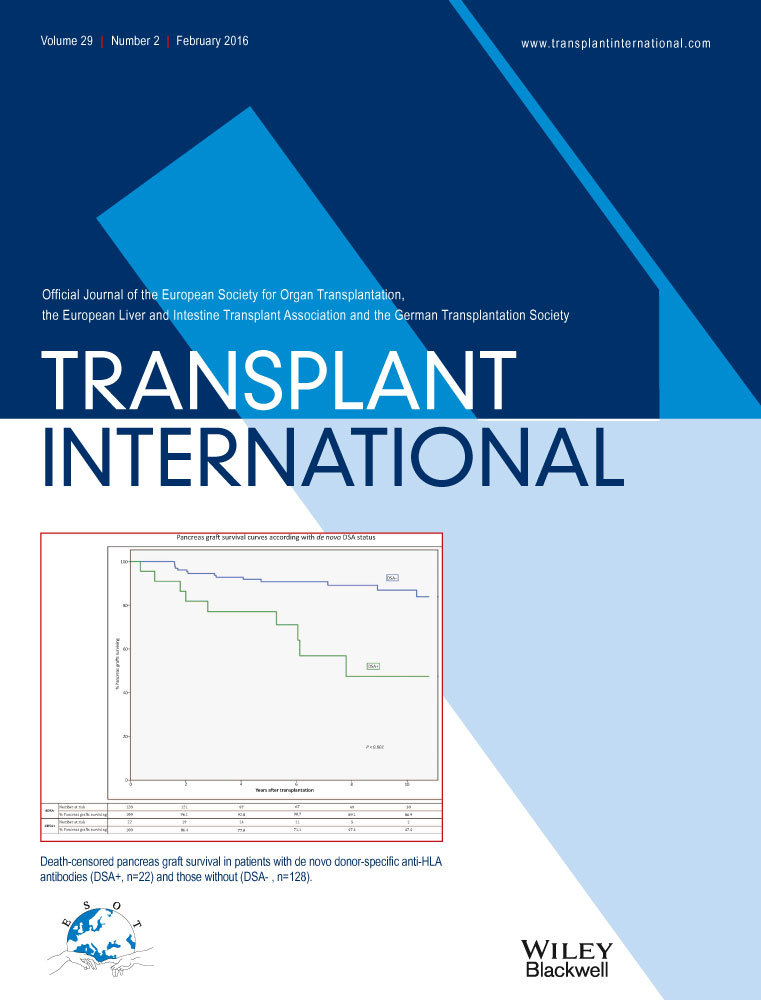Accepting multiple simultaneous liver offers does not negatively impact transplant outcomes
Conflicts of interest:
The authors declare no conflict of interests.
Summary
Impact of performing multiple liver transplants (LT) in a short period of time is unknown. Consecutively performed LT potentially increase complication rates through team fatigue and overutilization of resources and increase ischemia time. We analyzed the impact of undertaking consecutive LT (Consecutive liver transplant, CLT; LT preceded by another transplant performed not more than 12 h before, both transplants grouped together) on outcomes. Of 1702 LT performed, 314 (18.4%) were CLT. Outcome data was compared with solitary LT (SLT; not more than one LT in 12-h period). Recipient, donor, and graft characteristics were evenly matched between SLT and CLT; second LT of CLT group utilized younger donors grafts with longer cold ischemic times (P = 0.015). Implantation and operative time were significantly lower in CLT recipients on intergroup analysis (P = 0.0001 and 0.002, respectively). Early hepatic artery thrombosis (E-HAT) was higher in CLT versus SLT (P = 0.038), despite absolute number of E-HAT being low in all groups. Intragroup analysis demonstrated a trend toward more frequent E-HAT in first LT, compared to subsequent transplants; however, difference did not reach statistical significance (P = 0.135). In era of organ scarcity, CLT performed at high-volume center is safe and allows pragmatic utilization of organs, potentially reducing number of discarded grafts and reducing waiting list mortality.




